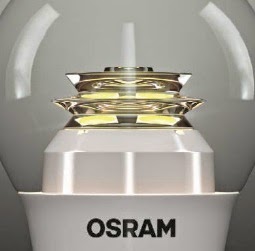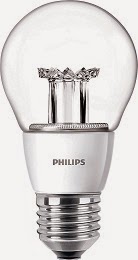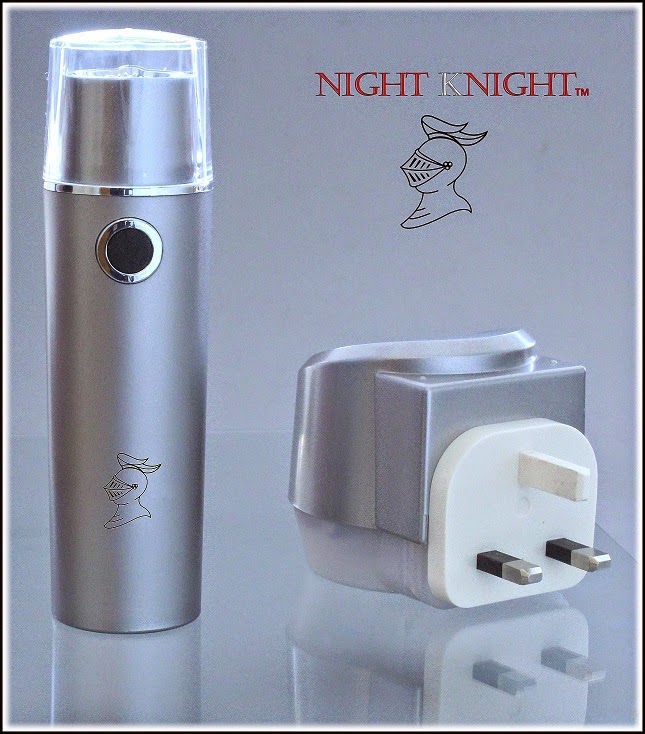Light Without Shadowing

Optics in the new OSRAM classic bulb-shaped LED lamps ensure uniform light with beam angles of up to 300° The unique optic by OSRAM Whether the light of a lamp is perceived as being pleasant by customers depends on many different factors, for example color temperature and luminous intensity. The distribution of luminous intensity in the so-called far field is also important, meaning where light hits walls, floors or table surfaces, and of special importance in this respect is that light is distributed homogeneously and that no shadowing or linear structures are seen. These tasks are achieved by optics assembled within the LED lamps with classic forms, i.e. pear, candle or drop shapes. In the past this often presented a problem particularly with clear lamps, because with these lamps such optics can be seen from the outside, meaning that these are not only a functional element but must also be visually attractive. In this respect the optic also ensures that the "technolo



